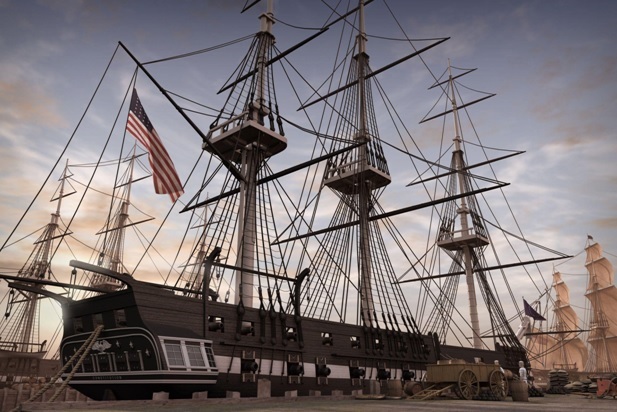Honoring Grace Hopper and the Legacy of Her Commitment to Computer Engineering
Mar 11th 2024
This Women’s History Month, we’re taking some time to look back on the accomplishments of some influential women. Recently, we posted a short history on the escapades of Bella Twin (you should definitely read it if you haven’t yet), and this go around, we’re going to square the spotlight on Grace Hopper.
Here’s the high level takeaway: Grace Hopper was a US Navy Rear Admiral but as impressive as that is, her real contribution came in the form of her work in computer engineering. Here’s the quick take.
Give yourself a rest from looking through our military surplus rifles for a minute or two and absorb this. It’s worth the short read.
Grace Hopper: World War II, UNIVAC, and Beyond
Grace Hopper was born and raised in New York City where, as a child, she exhibited an extraordinary general curiosity and fondness for learning about how things work - even dismantling a series of alarm clocks to determine how they work, and getting quite far along before her “destructive” tendencies were discovered.

She attended preparatory school at Hartridge School in Plainfield, New Jersey,g undergraduate studies at Vassar College, graduating in 1928 with degrees in both mathematics and physics, and went on to Yale University to earn her master’s. She later earned her Ph.D. in math from the same university in 1934.
Her career started in 1931 with a position teaching mathematics at Vassar, but after the outbreak of World War II, she attempted to commission in the Navy. Initially, she was turned down, but eventually she joined the WAVES (Women Accepted for Volunteer Emergency Service) in 1943.
To do so she needed a special exemption for her low weight, but service was in her blood (her great-grandfather was an Admiral in the United States Navy during the Civil War) and she ended up graduating at the top of her class in Midshipmen’s School in 1944.
It was from here, in computer programming, not directly in service, that her work truly shone. After graduation in 1944, she went directly to work for the Bureau of Ships Computation Project, working on the Mark I Computer Programming Staff.
Grace Hopper worked at the Harvard Computation Lab through the war, and in 1949 accepted a position with Eckert-Mauchly Computer Corporation working on UNIVAC.
In case you’re not familiar, UNIVAC I was the first general purpose electronic digital computer designed for business applications in the United States. In contrast to early scientific computers, UNIVAC I was able to quickly execute simple arithmetic and data transport operations; for example, it was able to predict the Eisenhower landslide against Adlai Stevenson in 1952 - with just 5.5% of voter turnout used as input.
The impact of UNIVAC I as an early computer cannot be understated, and it was used by the U.S. Navy, Air Force, Army Map Service, Census Bureau, Atomic Energy Commission, and several large businesses including but not limited to Du Pont, U.S. Steel, Westinghouse, and General Electric.
Hopper’s contribution to the development of UNIVAC I itself can also not be understated. As a strong example, she recommended that a new programming language be developed - but one that used English words, not numerical input.
Unsurprisingly this request was rebuffed on the basis that computers are numerical machines which, also unsurprisingly, do not respond well to subjective linguistic inputs. But Hopper kept at it, and several years later she helped spearhead the development of COBOL - which is still in use today.
COBOL, or Common Business Oriented Language, used language inputs that were more similar to English than to machine code - making the use much easier for those without extensive knowledge of computer programming.
It was also Hopper’s idea for the Defense Department to replace large central “command centers” with decentralized nodes in such a configuration that anyone could access any information through the network of nodes - from any node on the network.
If that sounds familiar, it is the basis not only for modern computer network infrastructure, but also loosely similar to how the internet operates. And it was (effectively) all Grace Hopper’s idea.
But, on top of this, Grace Hopper’s commitment to the United States, directly through the military, is also a laurel of note. Before her ultimate retirement (she came in and out) in 1986 at the age of 79 years, she had not only attained the rank of Rear Admiral, but she was the oldest serving member. A retirement celebration was held for her aboard the USS Constitution, at which she was awarded the Defense Distinguished Service Medal, the highest decoration available to non-combat members of the Department of Defense.

Still Here for Military Surplus Rifles?
Now that we’ve taken due time to pay homage to the memory and legacy of Grace Hopper, we can get back to business. If you’re here for military surplus rifles, gun parts, or other hard-to-find militaria, SARCO, Inc., is the place to get it. Shop our collection here and get in touch with us at 610-250-3960 if you’re looking for anything specific.

